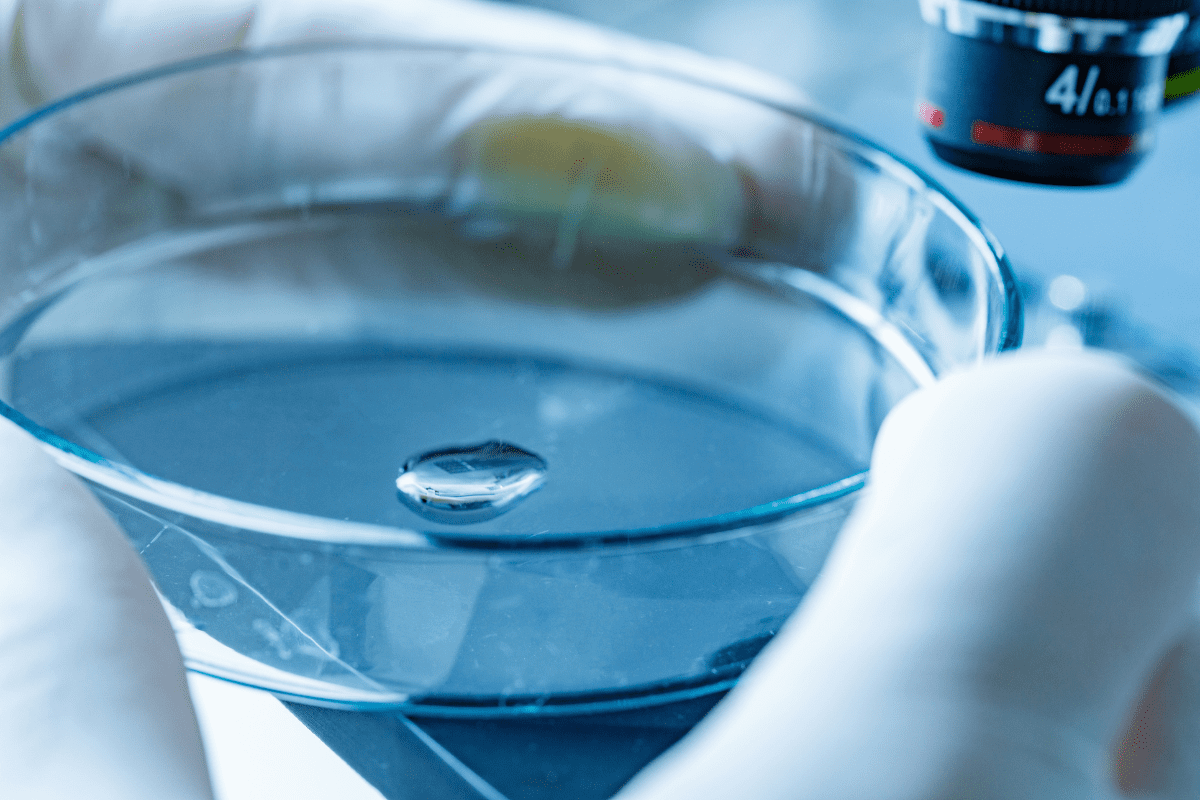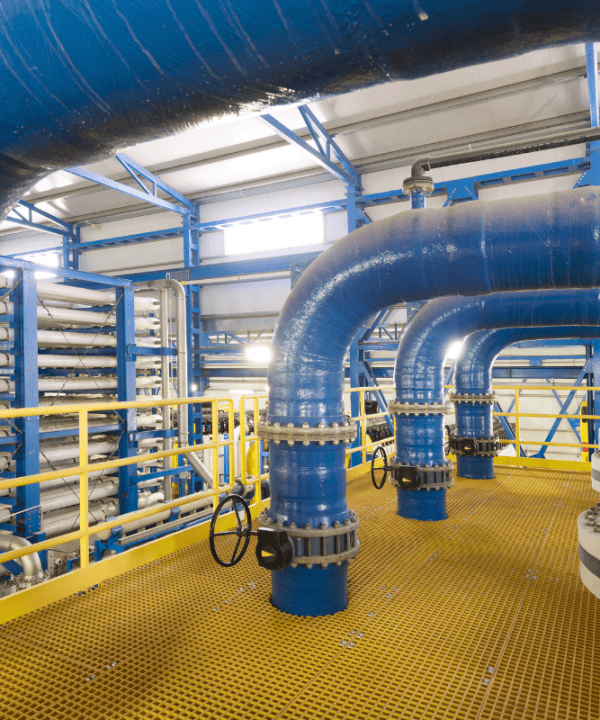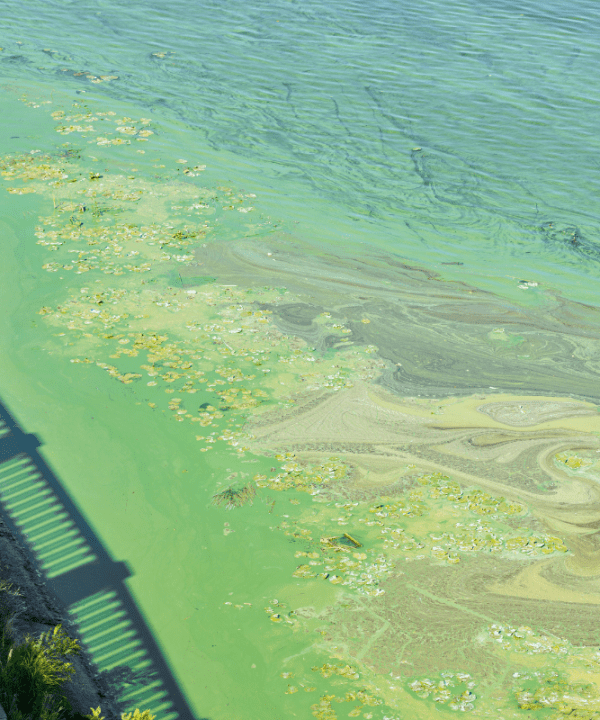
PROJECT DETAILS
- Project No 1044
- Project Name Investigation into the cause of low recovery of Cryptosporidium oocysts and Giardia cysts
- Lead Organisation GHD
- Completion Year 2013
Project Description
Cryptosporidium, a microscopic pathogen, forms infectious oocysts which are removed by specific and targeted water treatments. Oocysts can only be seen by using a microscope but finding an infectious dose of 10 oocysts in a litre of water is like finding a needle in a haystack. Usually a larger volume of water, 1000mL, is filtered to recover all the oocysts into a small volume of 0.1 to 1 mL, because this is small enough to be examined under a microscope. It is scientific practice to add some dead, colour-dyed oocysts to the large volume of water. If all the coloured oocysts are counted on the filter, the recovery is 100%. From this it became clear that there was a problem with oocyst recovery. This research found that different elements reduced recovery from different types of water, for example, iron and silica reduced oocyst recovery from river or groundwaters. The approved method for quantifying the environmental occurrence of oocysts can now be modified to increase recovery, and this change improves analysis and consequent management which further reduces risks to public health.





